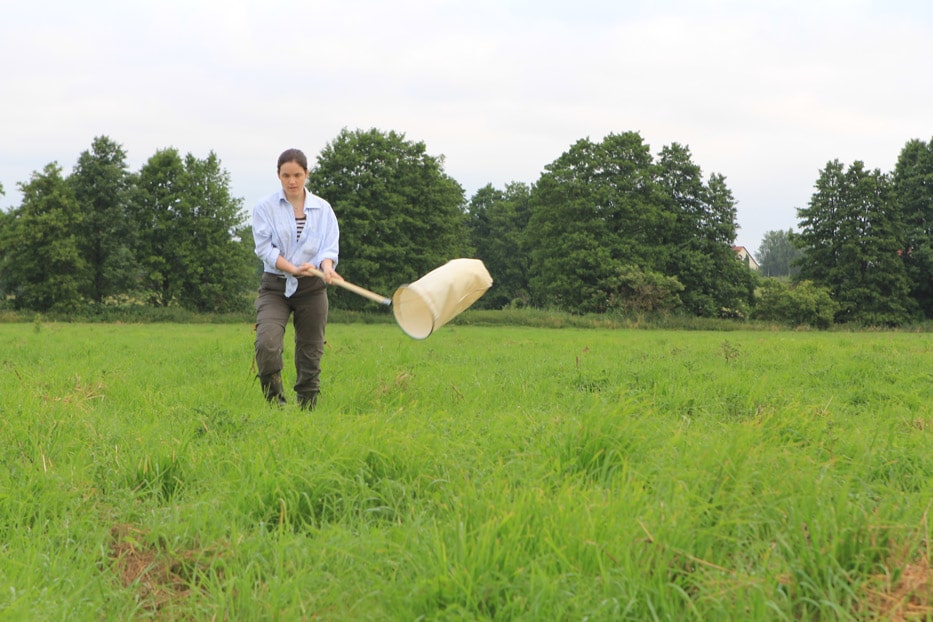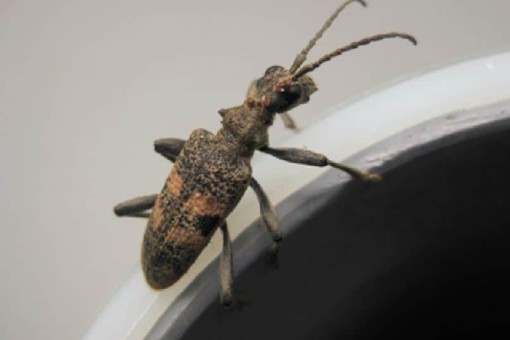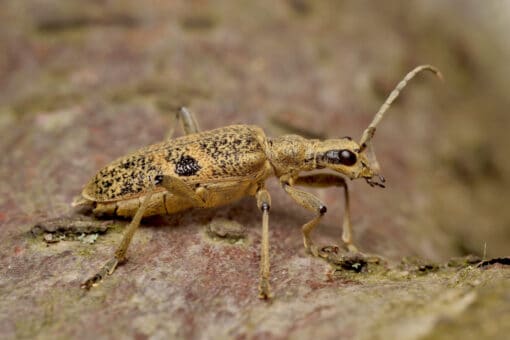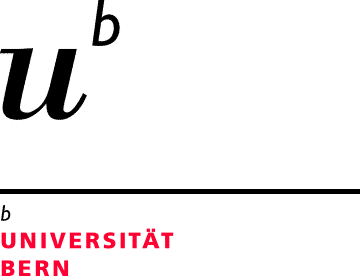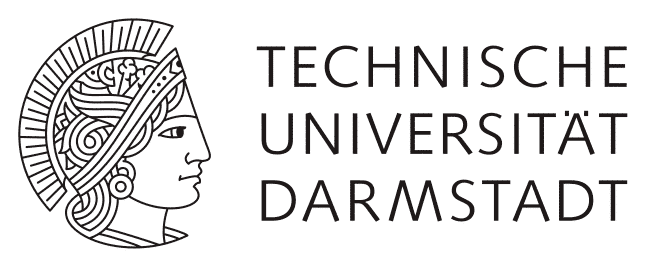Landnutzung, oberirdische Arthropoden-Diversität und durch Arthropoden beeinflusste Prozesse
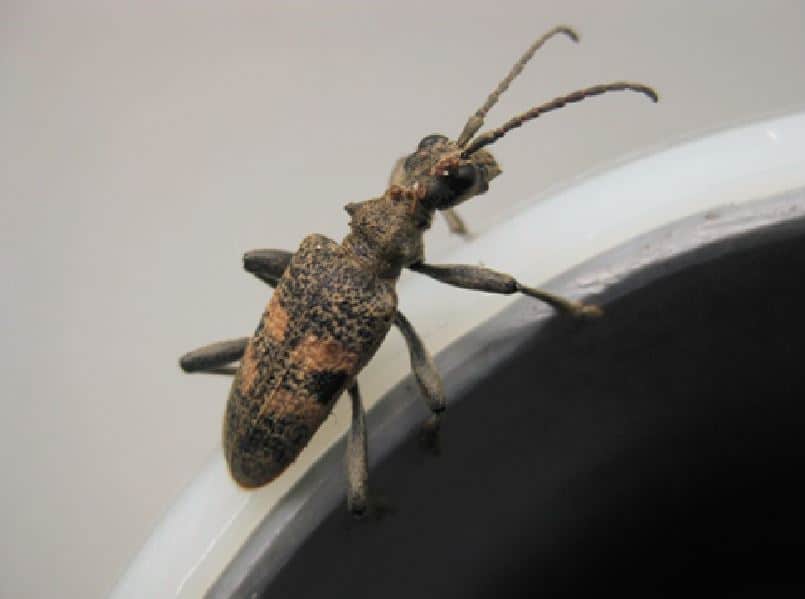
Arthropoden, insbesondere Insekten, sind die vielfältigste Tiergruppe der Erde und beeinflussen viele Ökosystemprozesse. Die Abundanz und Diversität von Arthropoden sowie die Populationsdynamik einzelner Arten hängen mit der Landnutzung zusammen. Es ist daher davon auszugehen, dass räumliche und zeitliche Veränderungen der Landnutzung Arthropodendiversität und Ökosystemprozesse, für die Arthropoden von zentraler Bedeutung sind, maßgeblich beeinflussen. Daher ist es wichtig, die Arthropodengemeinschaften im Grasland und in Wäldern langfristig zu monitoren. Zusätzlich zum Monitoring sind experimentelle Manipulationen erforderlich, um kausale Schlüsse ziehen zu können. Arthropods Core ist in seiner jetzigen Form seit 2014 Teil der Biodiversitäts-Exploratorien. Das Projekt ist der Nachfolger der früheren Kernprojekte Invertebrates I (2006-2011) und Arthropods I (2011-2014).
- Langfristiges Monitoring von Insekten und Spinnen in Wiesen und Wäldern, um den Einfluss der Landnutzungsintensität auf die Abundanz und Diversität und deren Veränderungen zu untersuchen.
- Erstellen einer umfassenden Datenbank mit ökologischen Merkmalen für alle gesammelten Arthropoden, um zu testen, wie die Merkmale der Arten die Beziehungen zur Landnutzung erklären.
- Quantifizierung von Ökosystemprozessen, wie Samenabtrag, Dungabbau und Prädation, um zu testen, inwiefern Variationen der Prozessraten mit der Landnutzung zusammenhängen.
- Untersuchung der Rolle saproxylischer Insekten bei der Zersetzung von Totholz als Teil des BELongDead-Experiments.
Alle Kernprojekte liefern wichtige Basisinformationen zu Landnutzung, Diversität und Ökosystemprozessen (Langzeitmonitoring). Diese werden den Teil-Projekten in jeder Phase für die Erforschung tiefergreifende Fragestellungen zur Verfügung gestellt.
Die von Arthropods Core bereitgestellten Daten und Dienste ermöglichen die Einbeziehung umfassender Daten über Arthropoden und ökologische Prozesse in andere Forschungsarbeiten. Insbesondere werden im Rahmen des Langzeitmonitorings während der gesamten Vegetationsperiode (März bis Oktober) Arthropoden in Wäldern und Grünland beprobt. Durch dieses Monitoring können wir nicht nur die kurzfristigen, sondern auch die langfristigen Auswirkungen der Landnutzung auf die Arthropodendiversität in Grünland und Wäldern quantifizieren. In Zusammenarbeit mit anderen Projekten führen wir Zeitreihenanalysen durch und untersuchen den Einfluss der umgebenden Landschaft, der Landnutzung und von Strukturvariablen auf die Arthropodendiversität und ökologische Prozesse.
Service-Leistung der aktuellen Phase
In der 6. Phase (2020-2023) stellt das Kernprojekt Arthropoden folgende Service-Leistungen/Basisuntersuchungen zur Verfügung:
- Jährliche Beprobung von Fluginsekten mit Kreuzfensterfallen auf Wald-VIPs (alle Wald-EPs werden alle drei Jahre beprobt). Für viele Arthropoden-Taxa werden Daten zur Abundanz erhoben, Coleoptera und Hemiptera werden bis zur Art bestimmt.
- Jährliche Beprobung von Fluginsekten mit Kreuzfensterfallen im FOX-Experiment. Für viele Arthropoden-Taxa werden Daten zur Abundanz erhoben, Coleoptera und Hemiptera werden bis zur Art bestimmt.
- Jährliche Beprobung von Arthropoden auf allen Grünland-EPs mit Hilfe von Kescherfängen. Es werden Informationen über die Abundanz vieler Arthropoden-Taxa bereitgestellt. Verschiedene Taxa, darunter Araneae, Coleoptera, Hemiptera und Orthoptera, werden bis zur Art bestimmt.
- Zweijährige Beprobung von Arthropoden in den Grünlandexperimenten (RP/UPs) mit Biozönometer. Identifizierung der gesamten Gemeinschaft mit Meta-Barcoding.
- Umfassende Traitdaten (Körpergröße, ökologische Einteilung) für alle gesammelten Arthropodenarten.
- Jährliche Messung der ökologischen Prozesse Samenabtrag, Dungabbau und Prädation in allen VIPs.
- Zweijährige Messung (abwechselnd) der ökologischen Prozesse Samenabtrag, Dungabbau und Prädation im FOX-Experiment und in den Grünlandexperimenten (RPs/UPs).
- Koordination des BELongDead-Experiments.
- Jährliche Beprobung der saproxylischen Arthropoden in allen BELongDead Stämmen mit Totholzeklektoren.
- Dreijährige Messung der Holzzersetzung in allen BELongDead Stämmen.
- Entwicklung und Verbesserung von Methoden und Werkzeugen zur Analyse von Landnutzungsintensität und deren Effekten (LUI).
Service-Leistungen vergangener Phasen
Die gleichen Service-Leistungen wurden in der vierten und fünften Phase der Exploratorien (2014-2020) erbracht, mit Ausnahme unserer Beiträge zum FOX-Experiment und zu den Grünlandexperimenten, die in der sechsten Phase (2020-2023) begonnen wurden. Zusätzlich stellen wir Daten zu bodenbewohnenden Arthropoden zur Verfügung, die mit Bodenfallen (2008-2010) beprobt wurden, und zu Arthropoden in Baumkronen, die mit Kreuzfensterfallen (2008-2012) beprobt wurden. Im Jahr 2017 sind für alle EPs Daten zu ökologischen Prozessen (Herbivorie, Samenabtrag, Dungabbau, Prädation) verfügbar.
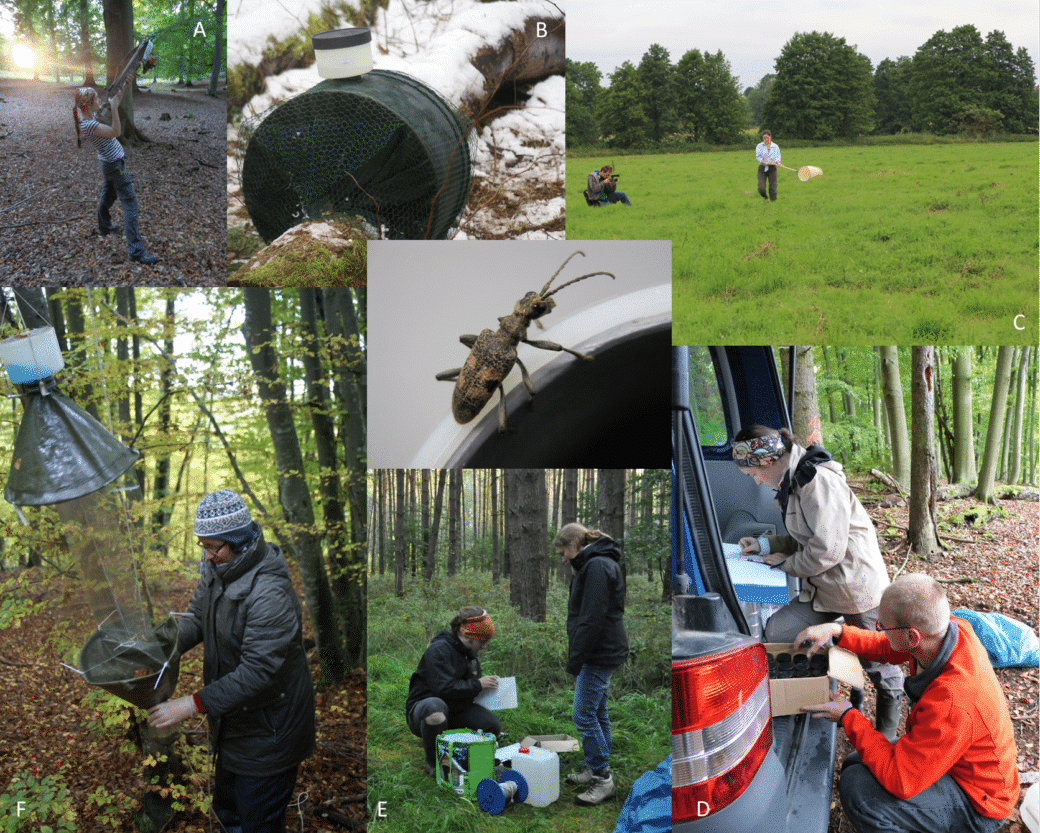
Neben vielen anderen wichtigen Beiträgen lieferte Arthropod Core Indizien für den großflächigen Rückgang von Insekten in Grasland und Wäldern. Der Rückgang im Grasland war ausgeprägter als in Wäldern und hing mit der Ausbreitungsfähigkeit der Arten und dem Umfang der landwirtschaftlichen Flächen in der Umgebung der Untersuchungsflächen zusammen. Arthropoden Core konnte auch zeigen, dass es im Hinblick auf die Landnutzungsintensität eindeutig Verlierer- und Gewinnerarten gibt. Die ökologischen Prozessraten waren insbesondere vom Klima abhängig und in geringerem Maße von der Landnutzung. Im Rahmen des Projekts konnten auch Baumarten identifiziert werden, deren Totholz zur Erhöhung der Vielfalt von saproxylischen Käfern genutzt werden kann.
